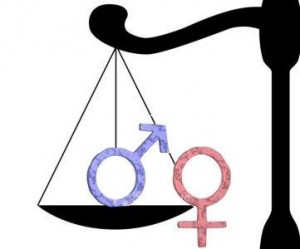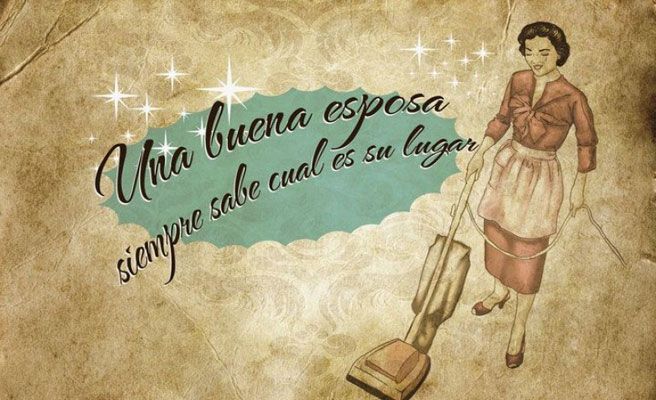Costa Rica Living – At the end of a 20km red dirt track winding through a rainforest in eastern Paraguay, lies a secondary school for girls providing a source of hope in a country that has a notorious reputation when it comes to women’s rights.
 Paraguay has one of the highest teen pregnancy rates in the region, but a rural school is teaching girls about their rights, and more radically, sex education.
Paraguay has one of the highest teen pregnancy rates in the region, but a rural school is teaching girls about their rights, and more radically, sex education.
“Machismo is very strong here,” says Palmira Mereles, as she scrapes the dirt from a freshly unearthed root vegetable, a manioc, in the school’s garden. “Only men have a voice. Women aren’t encouraged to have dreams or opinions.”
Now 21, Mereles was part of the first year group to study at the Mbaracayú Education Center when it opened in 2009. Built by the NGO Fundación Paraguaya, it aims to tackle precisely the problems she points to: the issues of gender equality in this small landlocked country.
It has been a year since Paraguay’s strict abortion laws were brought to international attention when a 10-year-old girl was denied a termination. The girl, known as “Mainumby”, was allegedly raped by her stepfather, but abortion in the predominantly Catholic country is only legal if the mother’s life is at risk. Amnesty International describes these laws as “draconian”, and despite repeated requests from the girl’s mother, protests within the country and across the world, the authorities refused to allow it.
This was not an isolated incident. Teen pregnancy rates are among the highest in the region. More than one in 20 girls under 20 have given birth (pdf); and in rural areas, like the Atlantic forest, a quarter of these girls are aged 14 or under. As a result, many are unable to finish their education.
“Gender discrimination is common across Paraguay,” says Celsa Acosta, the school’s founding director. “Poverty is desperate, particularly in rural areas, and girls suffer the worst consequences. We wanted to help them take control of their own lives.”
Activists have often come up against the country’s traditional Catholic background. Gloria Rubín who was Paraguay’s minister for women when the school was built, produced a sex education handbook to be distributed to Paraguayan secondary schools. But the church organised protests against it, and the book was withdrawn. When she later travelled around teaching the handbook directly to teachers across Paraguay, the church pursued her with demonstrations, she says. “We were treated like a house of witches.”
The school sits in an isolated clearing surrounded by the Mbaracayú reserve, which protects the largest surviving fragment of Atlantic forest in Paraguay (only 7% of the original forest remains). The small campus is scattered with dormitories, classrooms and thickets of lofty palms. Alongside the vegetable garden where they grow potatoes, maize, courgettes and peanuts, there’s a livestock farm, hotel rooms, and a tourist trail winding into the undergrowth.
In this richly fertile yet vulnerable area, the school aims to grow these girls into leaders of sustainable development in their communities. They are taught techniques for agribusinesses and IT skills, which is particularly unique for indigenous communities. Alongside the national curriculum, they can also study a range of vocations, including textiles, tourism and environmental management. More radically, they provide programmes on gender, self-esteem, and sex education.
Sex education across the country is “inadequate” according to Rubín. “It’s taught from the perspective of the Catholic church, which means it’s stuck in the 19th century,” she says. Yet it has a central role at the Mbaracayú school. Girls are taught about their sexual and reproductive rights on a weekly basis, in what the school describes as “orientation” classes focusing on their physical and psychological health.
“I became pregnant very young, because I lacked the information to know any better,” school founder Acosta explains. “It really marked me as a person. I decided then to make sure girls of the next generation have access to the information that I never did.
“We teach about contraception and ensure girls understand their own fertility,” she continues. “But just as important, in a macho culture, is cultivating their self-esteem. They need to know what they want and be able to assert it in their relationships.”
The school also gives a second chance to girls who previously dropped out of education. Elva Gomez, 19, lives and studies here with her four-year-old daughter.
“Before coming here, I thought I’d just stay at home and look after Romina,” she says. “But now I want to finish my studies and train to be a nurse.”
The Mbaracayú school hopes that girls will be able to better support themselves and their families with the qualifications and skills they offer. Students from indigenous communities study for free, while most Paraguayan families pay 100,000 guaraní a month (£12). And though many parents of local indigenous communities were initially sceptical about this progressive school, most are now keen for their daughters to study there after witnessing its benefits – two graduates of the 2011 class are now primary school teachers in their communities.
Students are also encouraged to apply for university scholarships, both within the country and abroad. Mereles studied agricultural sciences in Costa Rica, before returning to teach and run the vegetable garden.
“I’ve known many girls who didn’t want to continue studying,” she says. “They didn’t believe they could achieve anything. But over time their attitudes change. They become much more confident.”
With the school’s drop out rate at just 9% compared to 17% throughout the region, there is a new generation of girls from the heart of the Mbaracayú forest who are gaining the confidence to fight for their rights – and the potential for change in the rest of the country is perhaps within reach.
Original article was published at TheGuardian.com

